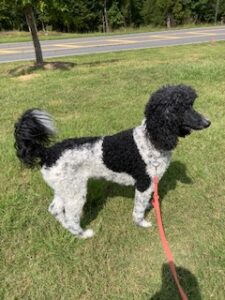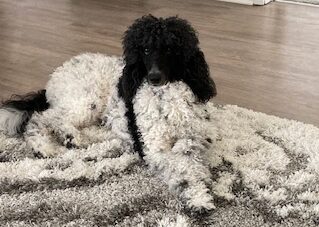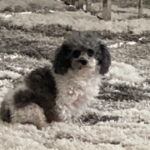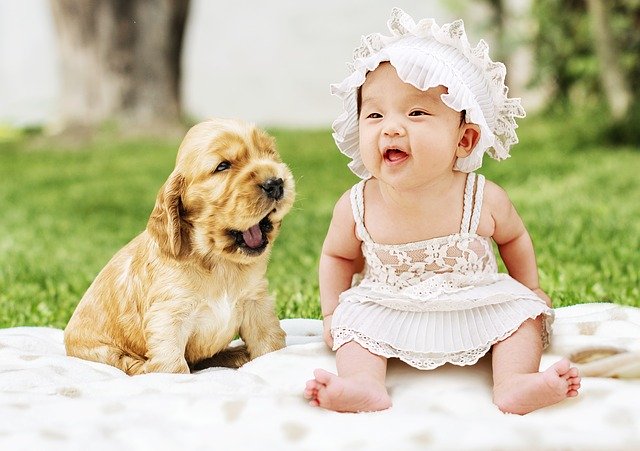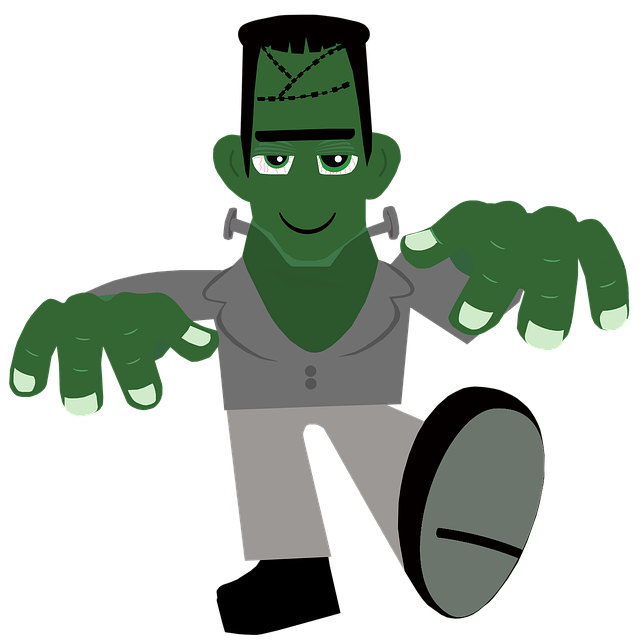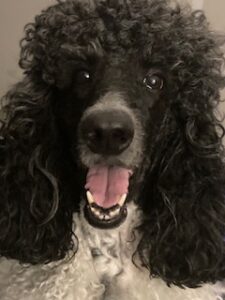 A dog of average intelligence can Learn about 200 words. Of course, there are exceptions, such as Border Collies, Standard Poodles, and German Shepherds, who can learn several hundred words used for obedience training, identifying objects, and the names of other family members and friends. The tone of a human’s voice, hand signals, body language, environment, and a sentence or other words used with the “power word,” also known as the “operative word.”
A dog of average intelligence can Learn about 200 words. Of course, there are exceptions, such as Border Collies, Standard Poodles, and German Shepherds, who can learn several hundred words used for obedience training, identifying objects, and the names of other family members and friends. The tone of a human’s voice, hand signals, body language, environment, and a sentence or other words used with the “power word,” also known as the “operative word.”
As a trainer or pet parent, we all know there are basic words in every language that we train our dogs to understand and refer to as obedience training commands.
1 Potty Bathroom outside or on paper.
2 Sit Self-explanatory.
3 Stay To stay usually after sitting until released.
4 Down To lie down. Does not mean off the couch or stop jumping.
5 Heel To walk at your side, not in front of you.
6 Come To come even when distracted. No matter what.
7 Leave it Don’t pay attention to something or someone.
8 Drop it To spit out something in their mouth.
9 Off Get off the couch, paws off the counter.
Here is my Standard Poodle asking permission to get up on the bed.
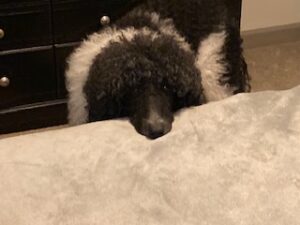
There are also many other words that apply to our daily routines and our households that are important for our canine family to learn.
“GO TO PLACE, SIT, DOWN, and STAY” is a favorite lesson among pet parents.’
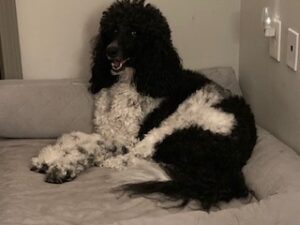
One word I teach all my canine students is “WAIT.” I prefer to separate “WAIT” and “STAY” by using “WAIT” when the dog is standing and “STAY” when the dog is sitting or lying down. It works very well. Example: When going down the stairs, I use “WAIT” and “EASY” to slow the dog down step by step.
When I am at the end of an aisle in a store like Lowe’s, I also use “WAIT” followed by “LOOK” so that the dog doesn’t rush through to another aisle, and learns to look left and right. This is in case people, wagons, or other dogs are approaching.
Additional words that are very useful in training/teaching are “GO,” “IN,” “OUT,” “STAND,” “TURN,” “PLACE,” “BED,” “CRATE,” “QUIET,” “LOOK,” and at the top of the list, “NO,” and “OK.”
Check out our video of one of my favorite pet parents and canines in Loew’s walking at “HEEL” down an aisle and then doing “WAIT” and “LOOK.”
 Most likely, the first word a puppy is taught to understand is “potty.” Housetraining is the first thing pet parents want to get under control, and the majority of pet parents use the phrase “Go Potty.”
Most likely, the first word a puppy is taught to understand is “potty.” Housetraining is the first thing pet parents want to get under control, and the majority of pet parents use the phrase “Go Potty.”
It’s important to be consistent with whatever words and related action you are trying to teach your puppy. So, if you choose “Go Potty,” “Go To The Bathroom” (which I use), “Go Pee,” “Go Poo,” or “Go Paper,” stick with the same words.
We also use hand signals and body language to help communicate with our intelligent, eager to learn canine family members.
If you put yourself in the mindset that you are teaching a new language, it will become easier and more natural for both of you. Start with the basic words using association. Don’t put the responsibility of connecting the dots between a word and the associated action on your puppy.
Here is a simple explanation by way of a question. If you hold a treat over your dog’s head and give it to him when he sits, does your puppy think the word “sit” means “treat” OR does he know what “sit” means? Does he understand to use the action of “sit” at appropriate times without a treat AND without being asked to sit? YES, that is absolutely possible.
Example: Sit/stay before going outside. Sit/stay when a visitor comes. Sit/stay when you, the pet parent, call him to come. Sit/stay before crossing the street. Sit/stay when the door is open and do not run out.

When you teach a dog through association (notice I did not say “train”), then as your dog matures, you will be able to speak to your dog in phrases and short sentences.
Example: When I am walking with my dog outside, I will say, “Do you want to go to the bathroom or do you want to go home?” He understands that if he does not need to go to the bathroom, he will head in the direction of home. If he does need to go to the bathroom, he will head toward his favorite spot!
